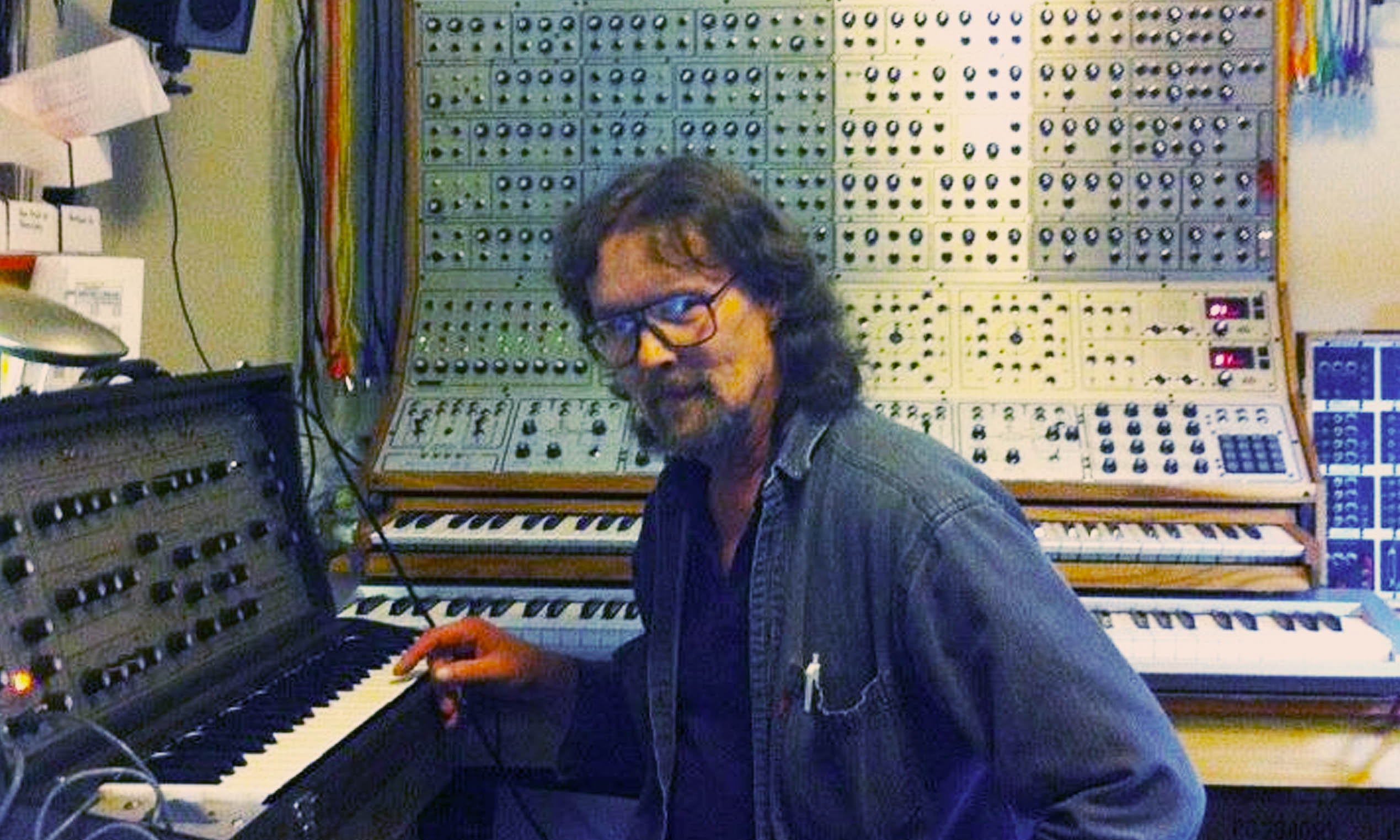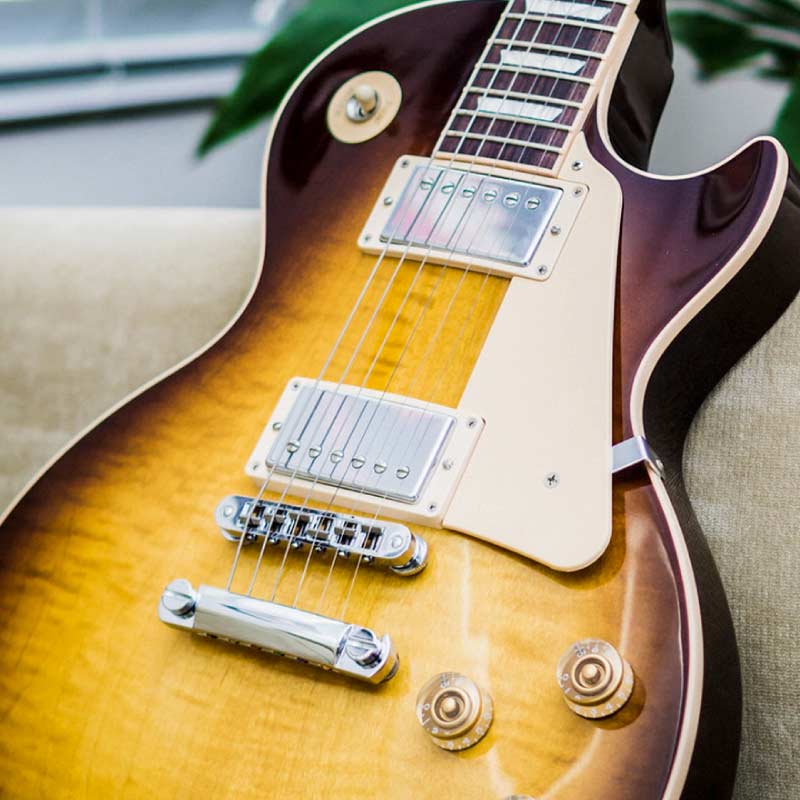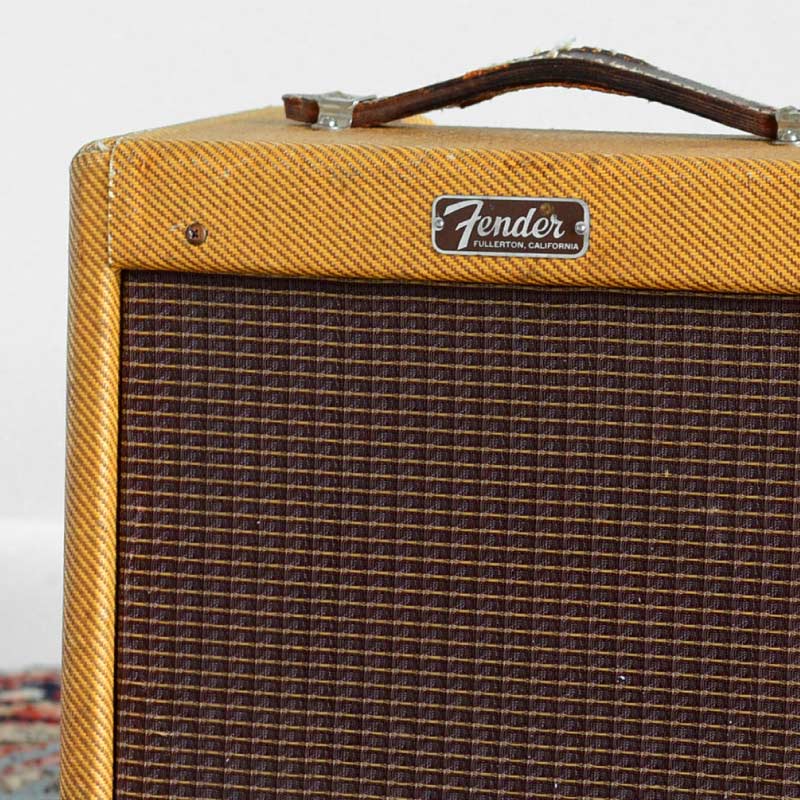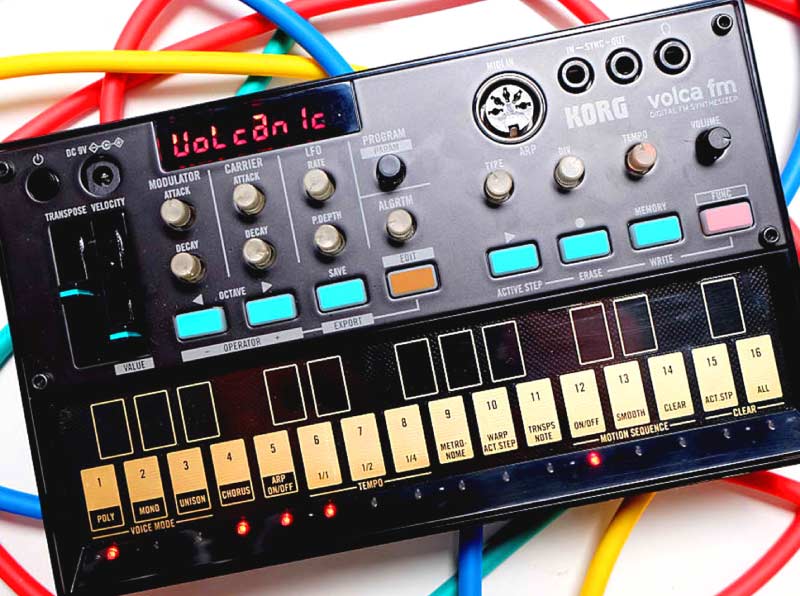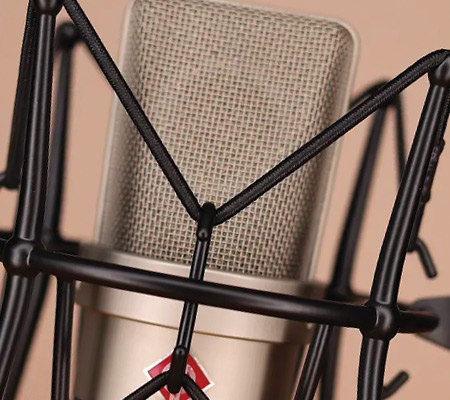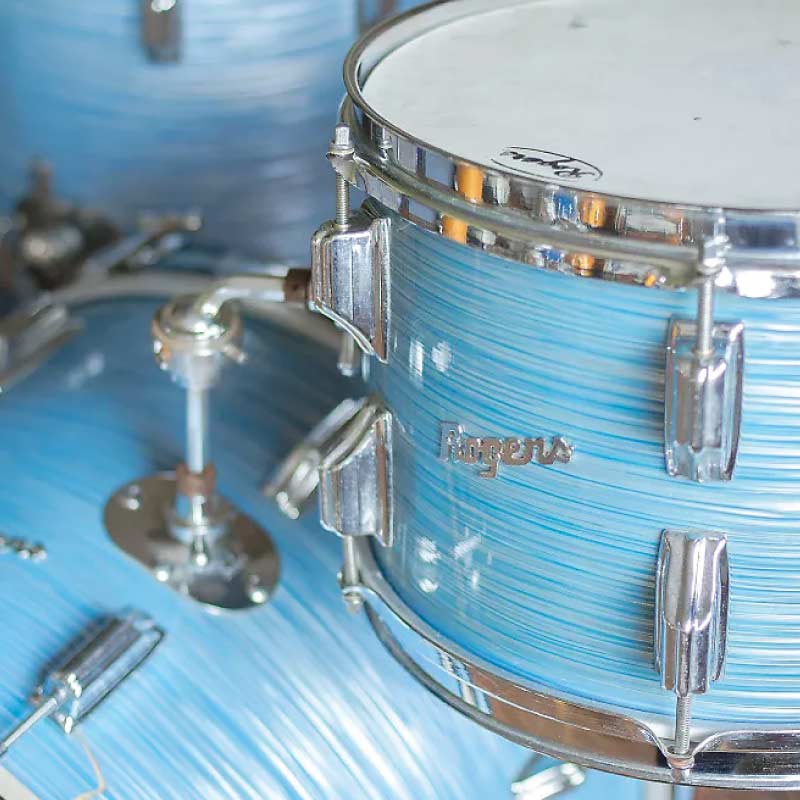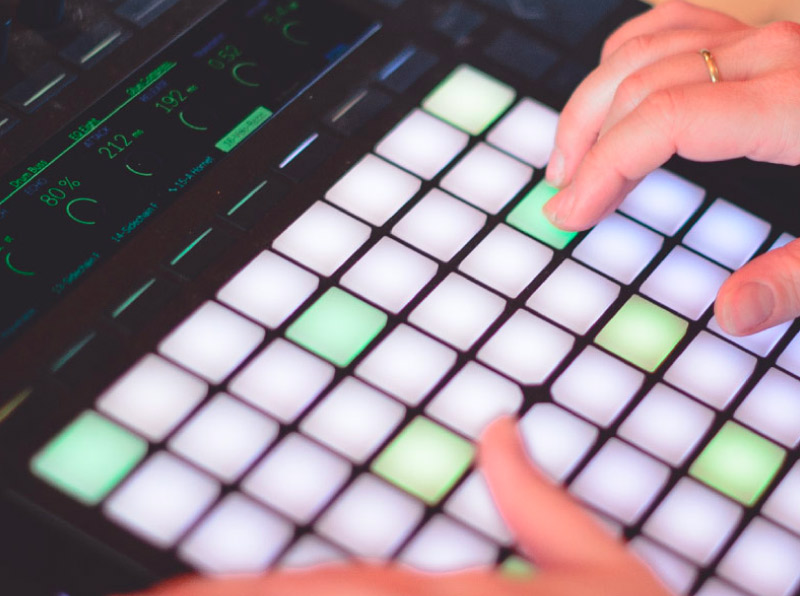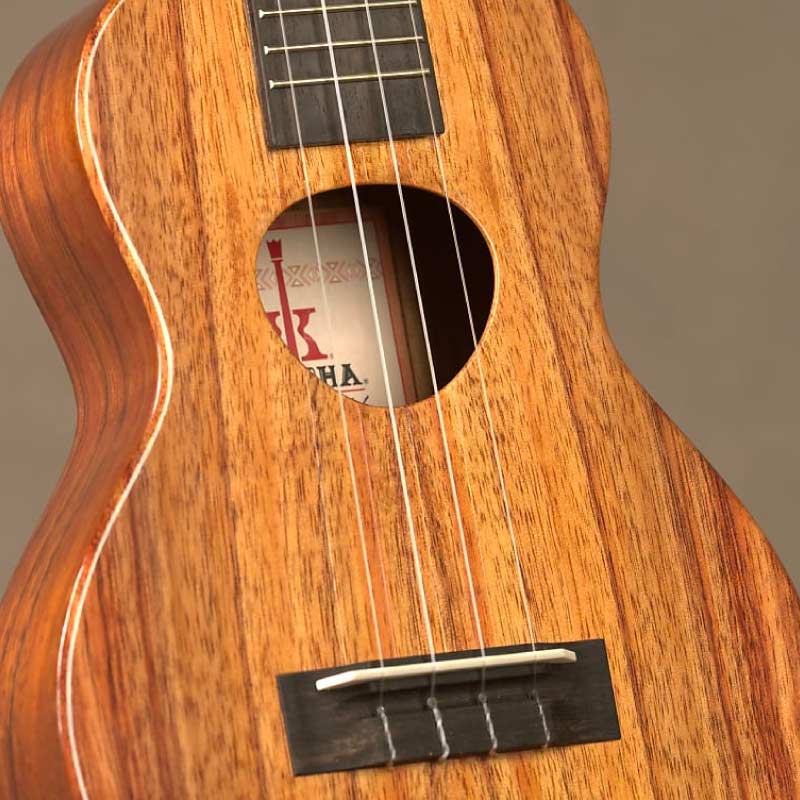The first time I remember seeing anyone strapping on a synthesizer and strutting around stage with the freedom of a guitarist was Herbie Hancock's incredible performance of "Rockit" at the 1984 Grammys. That, along with the robot dancing pants, left quite an impression on my young brain. It was one of the most futuristic performances I had ever seen and one of the things that got me interested in synthesizers at a young age.
The keytar—the eye-catching, guitar-like synth at the center of his performance—is often maligned as maybe the most '80s of instruments, but by then, strap-on keyboards had been around, in one form or another, for quite some time. Perhaps the absolute earliest was the orphica—a little-known, four-octave, piano-like instrument first built in 1795.
While that may be a historical anomaly, fast-forward to the electro-mechanical days of the mid-20th century and you'll find another entrant with the Weltmeister Basset, a battery-powered, hammers-and-reeds bass keyboard in the style of a Rhodes Piano Bass and Wurlitzer electric piano. But it wasn't until the dawn of synthesizers in the latter half of the 20th century that the keytar as we know it began to take shape.
In 1966, Joh Mustad AB, a Swedish organ company, released the Tubon. As the name suggests, it's a strange, tube-shaped instrument with a small two-and-a-half octave keyboard that can be worn similarly to a guitar, but at its heart, it's a single-oscillator, monophonic analog synth with preset sounds and 32 mini keys. Like the Basset before it, the Tubon was primarily a bass instrument and was also battery powered.
A rather obscure device, the Tubon was never popular outside of its native Sweden. Notably, legend has it that Paul McCartney managed to get one and used it for some of the original sounds on "Strawberry Fields Forever." However, while there is photographic evidence of McCartney playing a Tubon at some point, The Beatles Recording Reference Manual Vol. 3 documents that McCartney played a Mellotron MKII from the song's earliest sessions, and the final track, of course, includes a Mellotron in place of any lines the Tubon may have once claimed.
Another famous and confirmed user of the Tubon was Kraftwerk's Ralf Hütter, who can be seen using it live in 1970, in a video recorded in Germany.
By the 1970s analog synthesizers were becoming more prevalent in rock and pop music, with some keyboard players striving to match the showmanship of their guitar-wielding bandmates. A prime example is Edgar Winter donning the massive ARP 2600 keyboard controller around his neck to solo on "Frankenstein" in a 1973 performance on the The Old Grey Whistle Test. But he was far from alone in wanting to control an array of synths with a keyboard slung across his shoulders.
To achieve such an end, Roger Powell, keyboardist for Todd Rundgren's Utopia created his own Powell Probe—the first polyphonic remote keyboard controller connected to a rack of synthesizer circuitry.
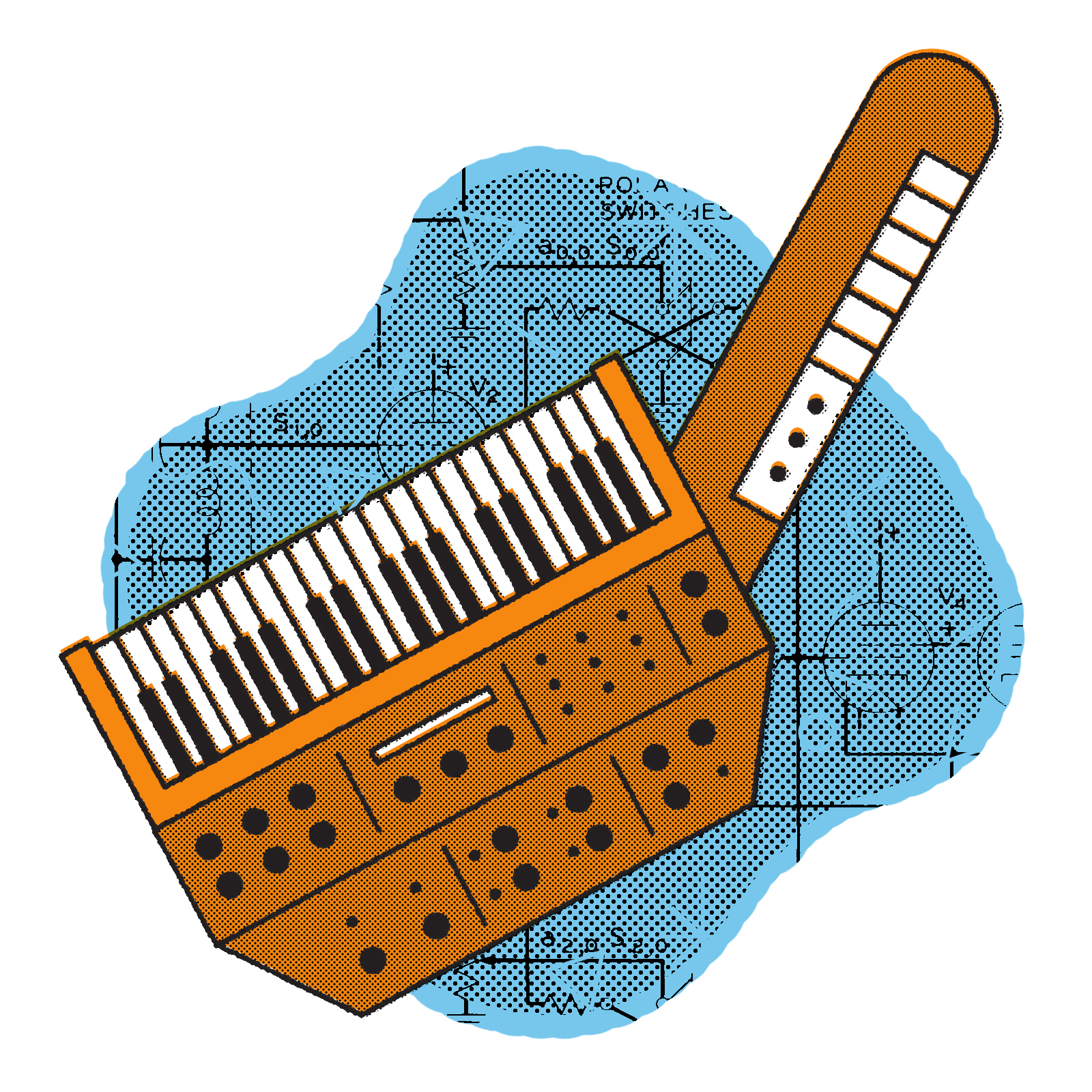
While these keyboards were controlling other, external synthesizers, in 1979, George Mattson came up with the idea of a self-contained synthesizer that had a left-hand controller section, which allowed for a large amount of continuous control over parameters. The synth was worn with a strap over the shoulder, making it the first commercially available keytar with a form factor that influenced (or was copied) by pretty much everyone else afterward. He called his creation the Syntar.
The first such synth had guts made up of modules from Electronic Music Laboratories (EML), which wound up working with Mattson on the electronics of his production-run units. Before that run though, Mattson took his prototype to the NAMM trade show in Atlanta to try to entice a company to partner with him and produce the design. At the convention, Moog was also displaying a prototype of its Liberation keytar, which, at that point, was still non-functioning.
Mattson did manage to beat Moog to market, but, as an essentially one-man business, he wasn't able to produce Syntars in the same volume. He continued to make a handful of them into the early 2000s before creating the Mattson Mini Modular. The Syntar's voice architecture is a standard, 2 VCO monosynth, but what really sets it apart are the nine continuously variable CV neck controllers that can be mapped to several parameters, giving a tremendous amount of control.

Moog's Liberation monosynth, released in full in 1980, is similar to the Moog Rogue and Realistic MG-1 designs, with several buttons, a pitch ribbon, and three mod wheels on the left hand controller or the "neck" of the keytar. The power supply and CV/gate connectivity is located in a rack unit that attaches to the synth via a 40 foot multi-pin cable.
The Liberation was used by a huge variety of groups over the years, including new-wave group Devo, with each member sporting a Liberation in a Moog press photo.
1980 also saw the release of the Davis Co. Clavitar controller, used famously by George Duke and Herbie Hancock, as can be seen in the aforementioned "Rockit" performance or a few of Duke's album covers. From this point on, the world saw a bit of a keytar explosion.
Thanks to the popularity of keytar-friendly genres like new wave and synthpop, strap pegs were suddenly found on synths from nearly every major manufacturer: Casio's CZ-101, Korg's Poly 800, Yamaha's CS-01, Roland's SH-101, and more could now be played hanging from your neck, if you felt so inclined.
While initial keytar synths tended to be analog synthesizers, as with the Syntar and Liberation, Yamaha's development of FM synthesis allowed for smaller circuits—and, thus, lighter designs.
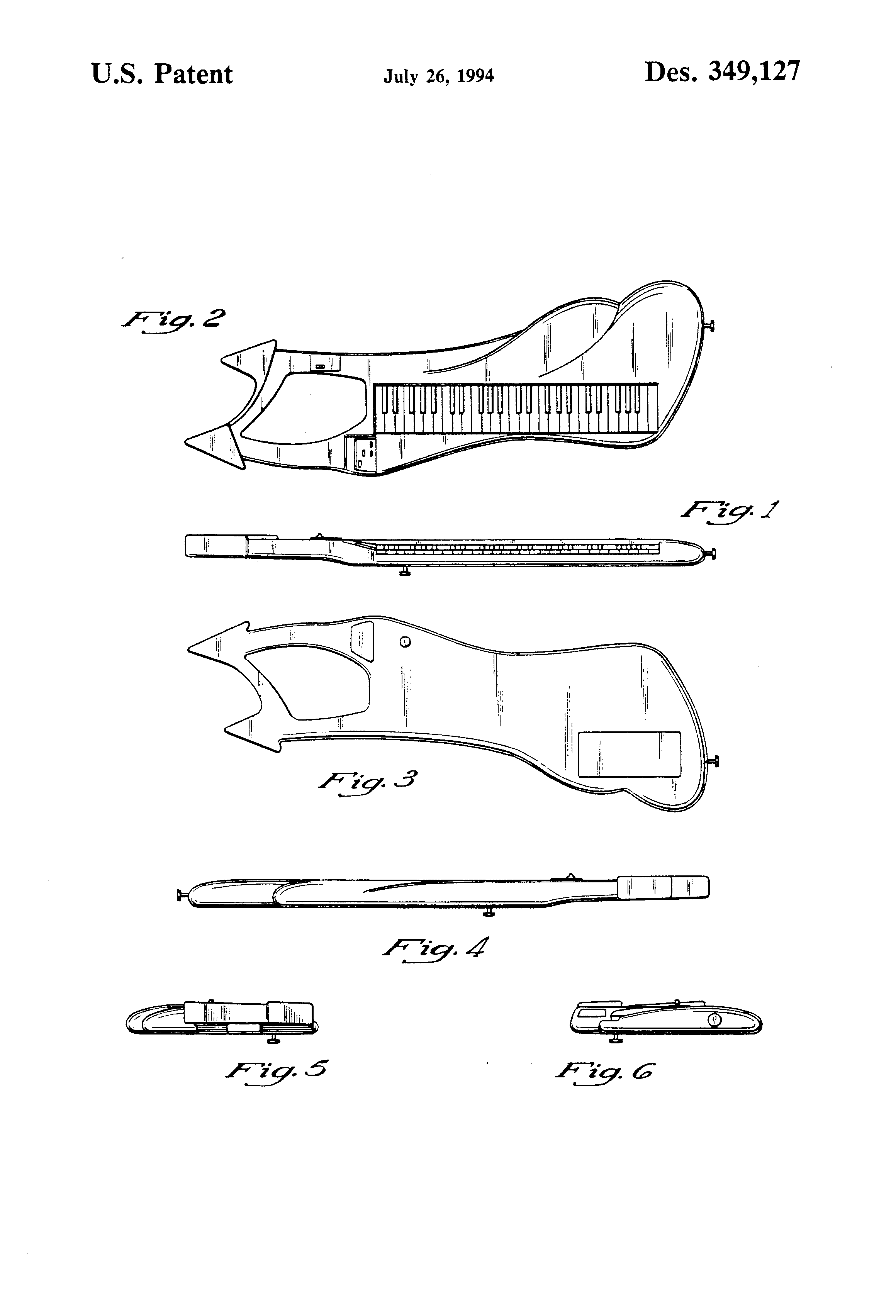
Several Yamaha keytars utilized this technology, starting with the DX100—a standard small synth with strap peg—and continuing on with the SHS-10 and SHS-200, which have a shape more consistent the classic keytar form.
In 1994, Prince even designed and patented his own Purpleaxxe keytar, which he is said to have created for Tommy Barbarella, his keyboardist at the time.
The most prominent user today is probably Lady Gaga, who is well-known for using all sorts of heavily modified keytars in her theatrical live shows—everything from a seahorse design to a clear crystal pyramid—as well as more stock Roland AX-Synths.
Today the keytar world is alive and well-stocked, with new ones in production by most major manufacturers, including Korg's updates to its RK-100S, the Roland AX line, Alesis' Vortex Keytar Controller, and Behringer's strap peg–equipped MS-101, its clone of the SH-101. Keyboardists will continue to be free to strut around stage while shredding solos well into the future.
Sam Mims—of the appropriately named Syntaur vintage synth repair shop and retailer—has been working on the next episode of his Synth Wizards video series, which is about keytars (or strap-on synths and controllers as he prefers to call them). He was kind enough to pass on some of his research for the episode to me, and I highly recommend his videos. Watch a trailer for the upcoming keytar episode here.
